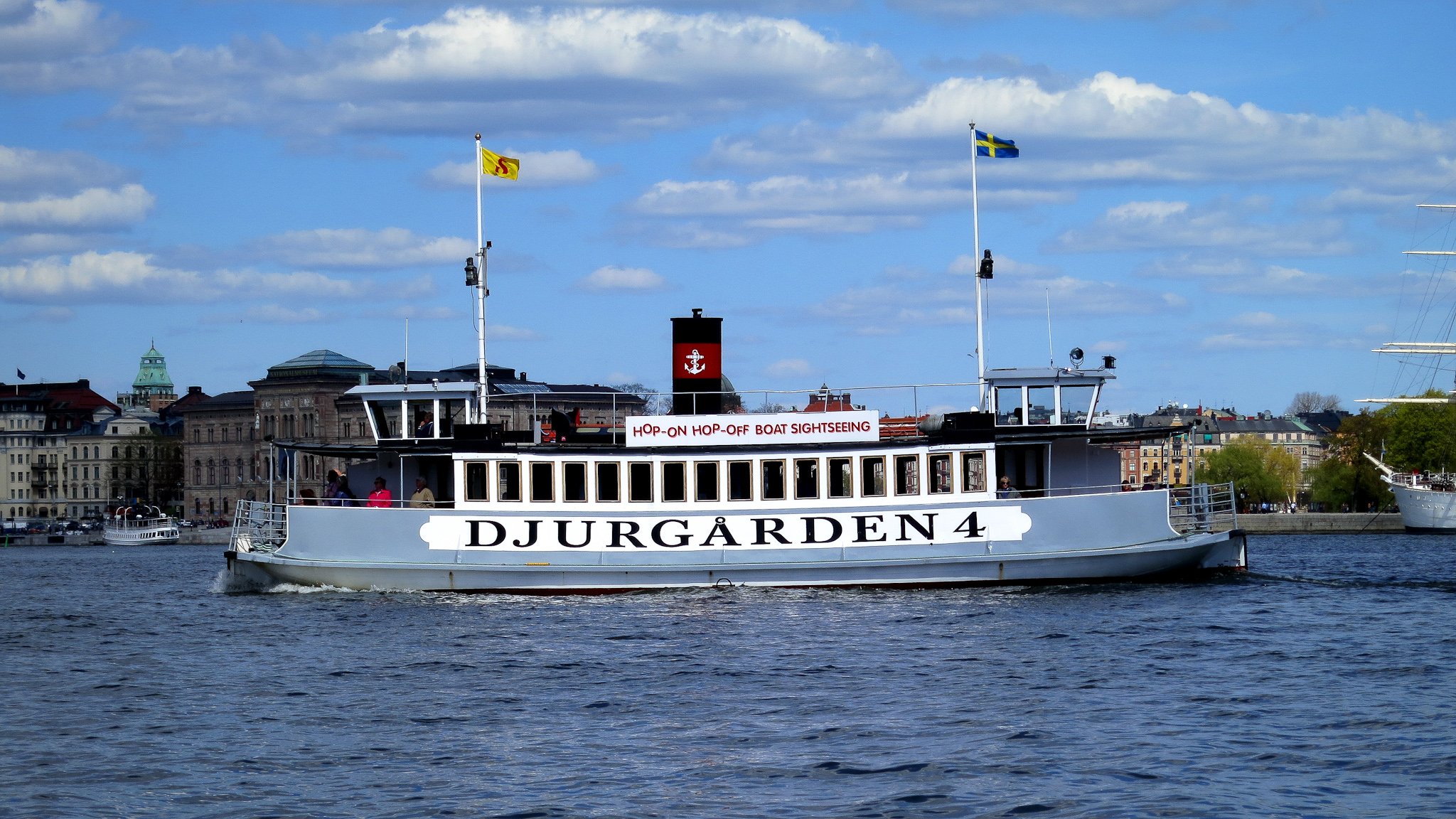⚓️ The Vasa

The boat that didn’t float
Launched in 1628 it was meant to be the most advanced war ship Sweden would ever would ever build. And yet after mere minutes at sea she sank and was lost to the world for over 300 years. Today it's possible to take a tour around what is known to be the worlds best preserved ship of its kind and in one of the finest museums Stockholm has to offer.
Years in the making…
The Vasa took approximately two years to be built between 1626 and 1628 and on the night of her maiden voyage it is said that she sank within mere minutes.
In 1625 the shipwright of the Stockholm shipyard Dutch born Henrik Hybertsson, along with business partner Arendt de Groote signed a contract to build four ships for Sweden. Initially they set about sourcing raw material needed for the project with the timber needed coming from several places, including Sweden, Riga, Königsberg and Amsterdam.
Unfortuantly not long after the start of the project Hybertsson falls ill in late 1625 and later dies in 1627, thus never actually seeing his work completed. Knowing his health was failing he hands over responsibility to Henrik Jacobsson.
Work continues as planned and in 1627 the ship is first launched, all appears well and she looks sea worthy, work now continues with the upper deck including the stern-castle, the sails and the rigging.
The sails and rigging were of such a size that Sweden was unable to supply them and so once again this material would come from abroad. The sailcloth is imported from Holland and made of hemp and flax. Hemp is also used for the rigging and this would come from Riga. In January 1628 the the king would make his one and only visit to the Vasa.
By the summer of 1628 progress is going well. It’s now decided tests should be made and Söfring Hansson the supervisor of construction runs them. Swedish Vice Admiral Fleming, would watch as men would frantically run back and forth along the upper deck in an attempt to start the ship to roll. At this point it should be noted that a red flag really should have been raised and concerns about the ship raised, as it became quite clear of the ships problems when quickly Vice Admiral Fleming asks to stop the tests after only three runs in fear of the ship capsizing.
To make matters worse and with a ship already showing issues the king would then decide that the ship should carry a total of 72 guns this being far more than was originally planned for. With far too many guns to fit on single deck they would needed to be placed over two decks on the ship. And hence another major problem is added to the Vasa.
Moments in the Sinking…
The 10th of August 1628 sees Söfring Hansson now the captain give orders for the Vasa to set sail on her maiden voyage. A calm day and a light breeze from the southwest greets the ship as it begins its short trip to the to the naval station at Älvsnabben. All of it’s 72 gun ports were wide open and ready to fire a salute as she exited Stockholm.
As the Vasa starts to leave Stockholm a gust of wind fills her sails, and she heels suddenly to port. Moments later a stronger gust again forces the ship again onto its port side, and unfortunately pushing the open lower gun-ports under the surface of the water, and allowing water to quickly rush in to that recently added lower gun-deck.
Water builds up on the deck quickly, the ship is incapable of righting herself, and now the water pours quickly down into its hold and she starts to sink. It is said the ship sank quickly to an approximate depth of 30meters, and all of this in front of a crowd of thousands, where she would lay undisturbed for the next 300 years until she would begin her next chapter as a world class museum.
A New Beginning…
Today the Vasa is showcased in a wonderful museum with fantastic facilities allowing us to learn all about both its rich history and of Stockholm in this time period.
The museum is found on the island of Djurgården and is also within very easy walking distance of Sweden's oldest and arguably best amusement park of Gröna Lund
Tips: It’s possible to take a guided tours in many languages including Swedish, English and German.
Address: Galärvarvsvägen 14, 115 21 Stockholm
Webpage: www.vasamuseet.se/en
Tunnelbana: Östermalmstorg







